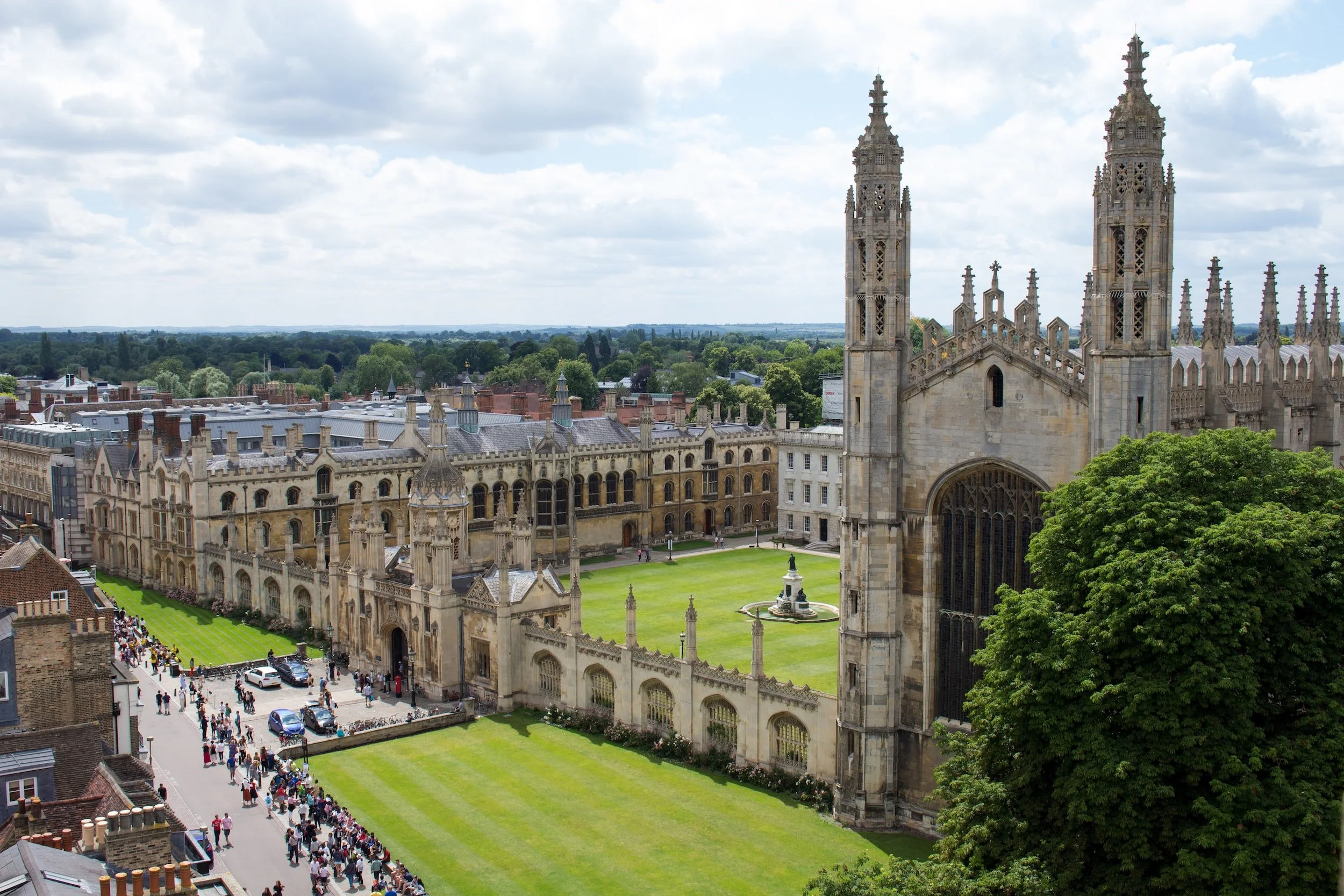Circular Design and Biomimicry
We were invited to work with the Cambridge Institute of Sustainable Leadership as part of their work with Ahold Delhaize in delivering a programme to introduce circularity in design to senior management.
Our workshop focused on delivering an understanding of biomimicry can align within circular design whilst expelling some of the common misconceptions that have arisen in recent times.
“In nature, there are no rules, only exceptions.”
We start with this as this holds. What we once thought of as universal laws, Newton’s law of gravitation, his three laws of motion, the ideal gas laws, and Mendel’s laws, are found to be not universal.
Nature is far too complex for there to be specific laws, which we highlight in our discussions. For every concept brought forward, such as nature doesn’t waste, there are examples where waste is found and how this zero-waste mentality can be a barrier to our need to develop circular systems. Nature isn’t perfect, and neither is a statement about no waste. What is this referring to, and over what timescale? Consider the biological, ecological or geological timeframes.
We introduced the framework by Dr Julian Vincent and his team at the University of Bath developed. In a nutshell, this is about understanding how things, do things, somewhere.
Things:
Substance and Structure
Do Things:
Energy and Information
Somewhere:
Space and Time
Compared to human-made systems, living systems have been found to solve problems in unique ways. At the time of publication of Dr Vincent’s research, they found only a 12% correlation in the same means of problem-solving.
Substance: The materials that make up a system.
Structure: How substances in a system are organised.
Energy: How energy is used and transformed within a system.
Information: The way information is transmitted and processed within a system.
Space: The physical area in which a system operates.
Time: How systems change and evolve.
These two graphs explain this further. Everything uses substance and structure, with energy and information, with changes in the physical space and in a timeframe.
Nature does the following:
Lightweight elements dominate
Approximate design
Hierarchal structuring at all levels
Adaption of form and structure to the function
Modelling and remodelling according to changing environmental conditions
Healing: capability of self-repair
By building these initial ideas of how living systems operate (there are thousands more), we introduced the participants to how we should consider the relationships, by understanding complexity, even at this level.
We based this on case studies such as:
Materials: Notpla
Processes: Opteran
Systems: Sahara Forest Project
Our workshop asked the participants to consider how they could look at alternative means for materials, processes, or systems. They had to think about how they could reduce or replace material usage (substance) by understanding how different organisms and ecosystems can be understood by looking at how Things, Do Things, Somewhere.
In a short time, the participants explored these three areas. Full details are confidential, I'm afraid!
If you would like to book us for your next workshop, get in contact.


